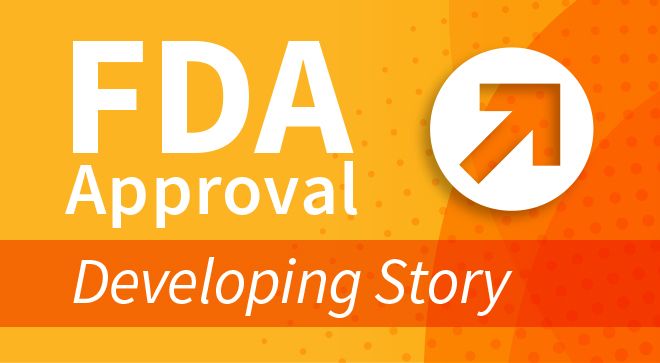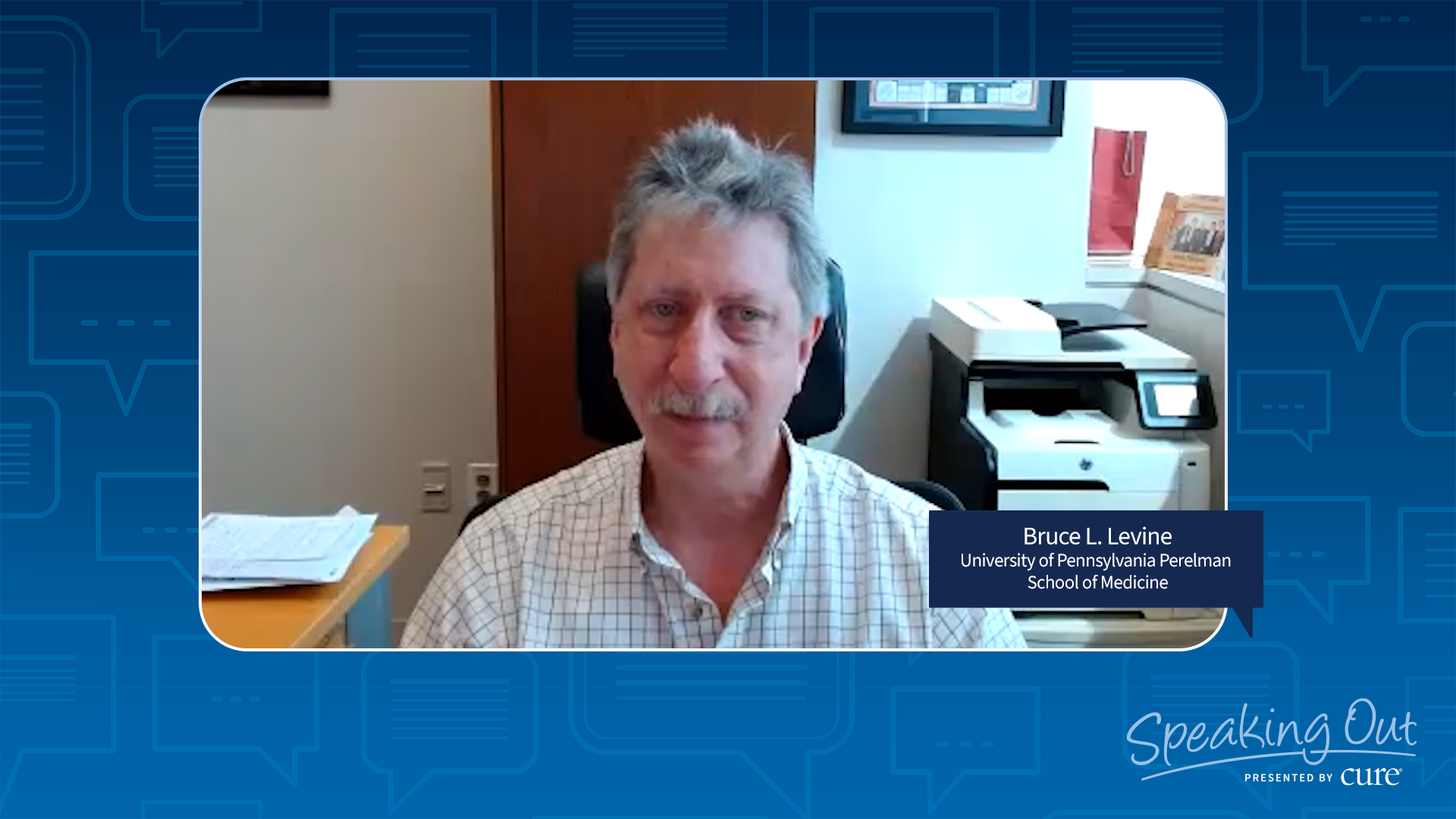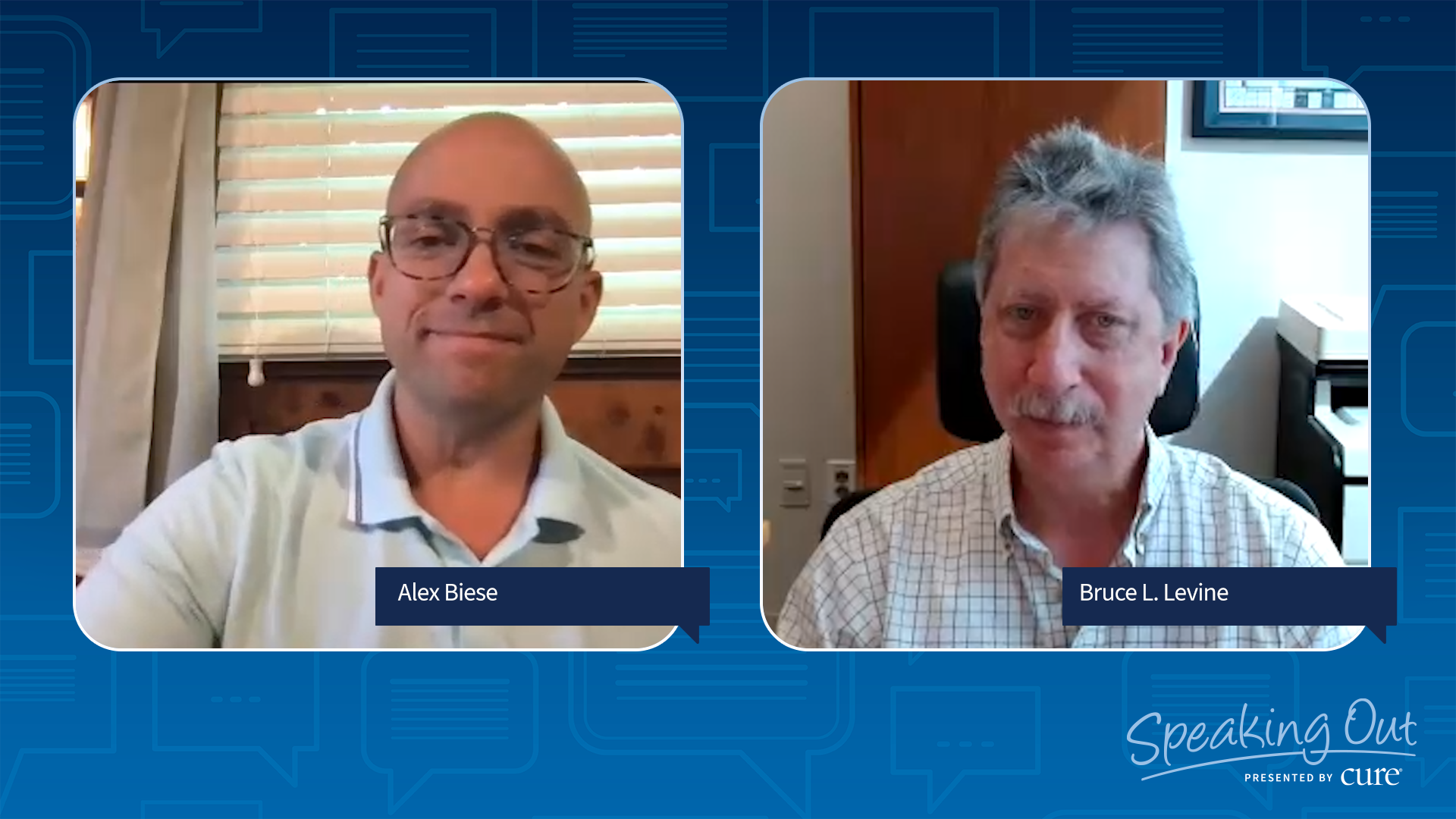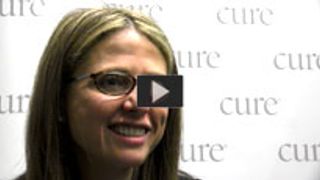
Childhood Cancers
Latest News
Latest Videos

More News

As part of its Speaking Out video series, CURE spoke with Tom Whitehead, co-founder and president of the Emily Whitehead Foundation, about the process of seeking treatment and what resources are available for young patients with cancer and their families.

Using inter-arterial chemotherapy compared to intravenous chemotherapy may significantly improve globe salvage rates in children with advanced unilateral retinoblastoma.

As Jill Biden helps to heighten Medicare for cancer patients, 15-year old swimmer raises money for Swim Across America and Carlos Carrasco furthers his program, “Cookie’s Kids,” this is what is happening in the oncology space this week.
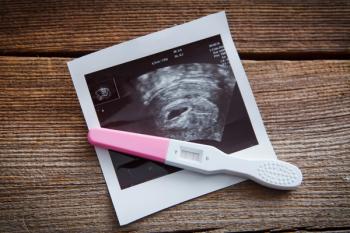
Being treated for Hodgkin lymphoma during childhood can result in fertility declines, a recent study shows.
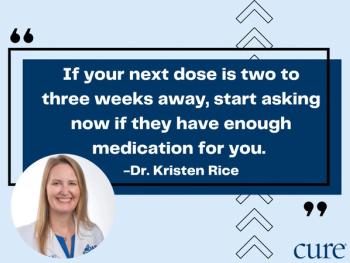
A chemotherapy shortage is resulting in altered treatment plans for many patients with cancer. CURE® spoke with experts about what that means for patients — and what they can do about it.

Factors including race, insurance and treatment history have been associated with increased cardiovascular disease, risk factors and mortality among cancer survivors, including those with a history of pediatric cancer, according to recent research.

From Colin McFarlane and John Homme opening up about their cancer diagnoses to Pope Francis visiting a pediatric oncology ward, here’s what’s happening in the cancer space this week.

Childhood cancer survivors tend to die of the same factors as the general population, though at an earlier age. Research showed, though, that these risks can be modified.

The Food and Drug Administration approved Keytruda for adult and pediatric patients with previously treated unresectable or metastatic microsatellite instability-high (MSI-H) or mismatch repair deficient (dMMR) solid tumors.

This approval is the first of its kind as a first-line systemic therapy for pediatric patients with low-grade gliomas of a specific mutation.

Even after my son survived cancer, I still had fears — and nightmares — of the worst.

The Food and Drug Administration is reviewing remestemcel-L for the treatment of children with steroid-refractory acute graft-versus-host disease.

Latino patients with acute lymphoblastic leukemia and a high level of serum creatine may have an almost six-fold increased risk of neurotoxicity.

The impact of living in a socioeconomically disadvantaged area and having conditions like diabetes or high blood pressure may increase the likelihood of a childhood cancer survivor dying at least five years after they were diagnosed.
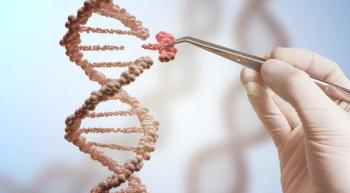
Survivors of childhood cancer tended to have a higher rate of clonal hematopoiesis than those without a cancer history, research showed.

When children with cancer received dexrazoxane alongside their chemotherapy, they tended to have fewer heart complications in the short and long term.

From funding updates on the Cancer Moonshot to Howie Rose’s bladder cancer diagnosis and more, here’s what’s happening in the oncology space this week.
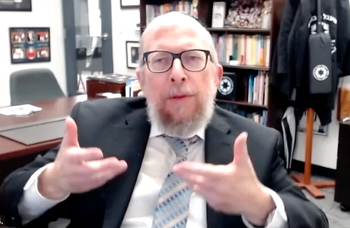
In this episode of the “Cancer Horizons” podcast, “Rabbi G” discusses his global travels to teach breathwork to children with cancer, and gives an exercise listeners can use to decrease their pain and anxiety.

From Michael Bublé opening up about his son’s cancer diagnosis to the death of “Enkyboys” social media star, here’s what’s happening in the oncology space this week.
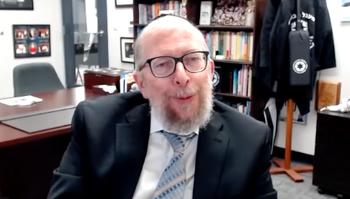
While some may say that teaching breathing techniques gives patients with cancer the “heebie-jeebies”, it can actually have a major impact on patients’ pain and stress, according to an expert.
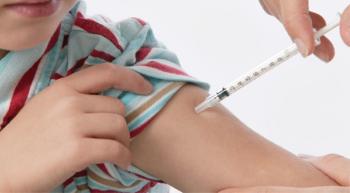
Immune-based therapies have not been as successful in childhood cancer as they have been with adults, but ongoing research is hoping to change that.

As young adults, survivors of childhood cancers were more likely to report feeling lonely compared with their siblings, emphasizing the importance of screening.

From the cancer diagnoses of an MLB pitcher and star of Riverdance to First Lady Jill Biden’s recent carcinoma removal, here’s what’s happening in the cancer space this week.

Tiffany Williams devoted her career as a pediatric nurse practitioner to addressing health disparities among children and teens. But then, just a year after earning her doctorate, she received a diagnosis of multiple myeloma.

Treatment with tovorafenib led to a 64% overall response rate in patients with recurrent or progressive pediatric low-grade glioma, study findings showed.


